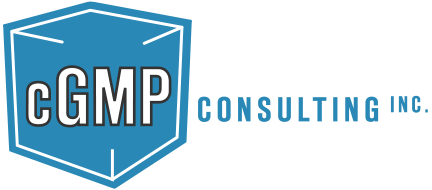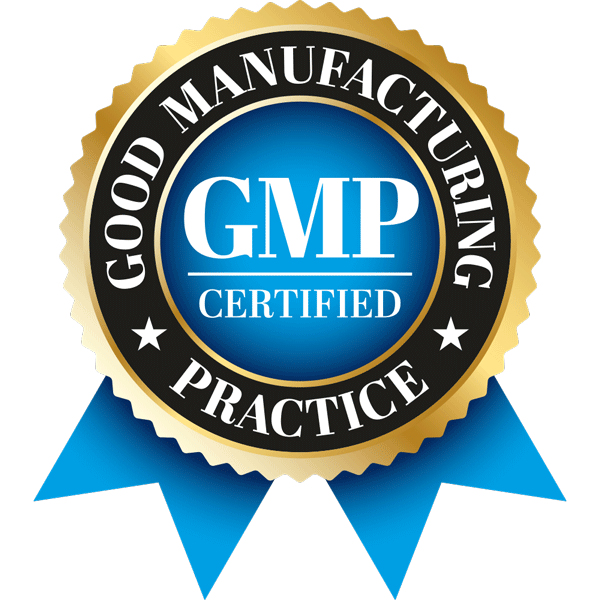
Temperature Mapping: Protocol, Equipment, and Pro Tips
Develop a Temperature Mapping Protocol
Temperature mapping is an essential process for distributors that need to ensure the stability and quality of the temperature-sensitive products of their supply chain customers. In this article, we’ll explore the temperature mapping process, what to include in a mapping protocol, and the key equipment that is necessary for accurate and reliable results.
To accurately identify potential risks, temperature mapping highlights potential zones where temperature fluctuations exist. Airflow management, strategic shelving placement, and controlled access to storage areas are some factors that play a crucial role in maintaining consistent temperature conditions and minimizing variations. To ensure compliance and reliability, a temperature mapping protocol should include the following key elements:
1. Objective and Scope:
Define the purpose and the scope of the temperature mapping study, including the type of facility and the areas that will be included.
2. Equipment and Sensor Placement:
Specify the type of data loggers to be used and where those sensors will be placed. Keep reading below for more specifics on this topic.
3. Mapping Conditions:
Studies should be ideally conducted under empty, partially loaded, and fully loaded conditions. Consider the seasonal variations that may apply — more about this below. Finally, assess the impact of HVAC, airflow restrictions, and external heat sources that are unique to your study.
4. Data Collection:
Place calibrated sensors throughout the facility to measure temperature and humidity over the time period you have selected (usually 24 to 72 hours).
5. Data Analysis:
Analyze the recorded data for trends and outliers based on predetermined acceptable ranges. Recommend any corrective actions.
6. Reports:
Document the results with data summaries, graphics, and recommendations. These reports are important as proof of compliance for future audits and inspections. Address any deviations and how they were remediated to reduce temperature fluctuations.
Repeat temperature mapping periodically, typically seasonally or annually or whenever changes, such as new equipment installation, occur. Proper Temperature mapping will:
- Ensure regulatory compliance with FDA, EU GDP, WHO, and cGMP standards
- Identify risks
- Prevent product degradation due to temperature excursions
- Supports warehouse qualification and supply chain integrity
Capture Accurate Temperature Data
During the temperature mapping process, accurate and thorough data collection is key to validating that your storage environment can consistently maintain the required conditions. To ensure the data reflects real-world conditions, several factors must be carefully considered.
1. Proper Equipment Selection and Maintenance
Proper equipment selection and maintenance are critical for accurate and reliable temperature mapping.
Pro Tips:
- Ensure that temperature monitoring devices have the appropriate accuracy ratings for capturing precise data, especially when even slight deviations can impact product quality.
- Choose sensors with the necessary precision to help prevent false readings and ensure compliance.
- Have a backup monitoring system in place for extreme situations, such as power failures, HVAC malfunctions, or unexpected environmental fluctuations. Backup sensors and data loggers provide redundancy to ensure continuous monitoring.
- Maintain temperature mapping equipment for long-term accuracy and performance.
- Schedule calibrations to help verify that sensors remain within specified ranges, preventing drift and producing reliable data.
2. Strategic Placement of Sensors:
Sensors or data loggers should be distributed evenly and strategically across the entire environment.
Pro Tips:
- Place sensors in corners, edges, and areas near doors where temperature fluctuations are more likely.
- Consider high and low shelves, or tightly packed shelves, to capture variations.
- Be aware of areas that are prone to airflow restrictions or receive direct sunlight.
- Take note, open windows and doors can potentially disrupt temperature stability.
3. Testing Under Operational Conditions
Operational testing reveals how the environment performs under normal stress, including the impact of equipment or human activity and events such as frequent door openings.
Pro Tip:
- Data collection should be conducted in two scenarios:
- Empty Environment: To determine baseline temperature consistency without products.
- Operational Environment: To assess temperature variations when the space is fully loaded and operating under standard conditions.
4. Seasonality
Seasonality can play a critical role in temperature mapping. Testing during both the hottest and coldest times of the year is essential to ensure your system maintains compliance throughout all seasons.
Pro tips:
- Conduct mapping studies during seasonal peaks to validate that facility can handle extreme conditions. Extreme heat can challenge cooling systems, increasing the risk of hot spots, and frigid temperatures can cause cold spots or freezing, damaging products sensitive to low temperatures.
- By conducting temperature mapping studies across different seasons, businesses can identify potential risks and implement corrective measures to maintain compliance with regulatory requirements. Some common corrective actions might be adjusting HVAC settings or adding insulation.
5. Duration:
It’s important to specify the duration of your temperature mapping study to capture any temperature fluctuations and any equipment performance cycles that might occur.
Pro Tip:
- Consider conducting your study over a 24-to-72-hour time period.
Contact Us
At cGMP Consulting, we offer expert services to streamline your temperature mapping process.
By partnering with us, you can confidently meet regulatory requirements, protect the products under your care, and unlock new business opportunities. Contact us today to discuss your project.




